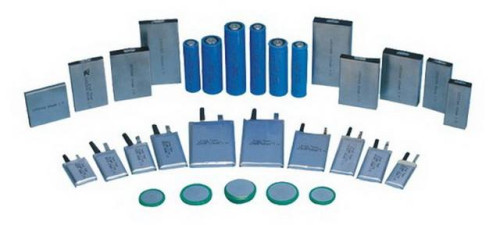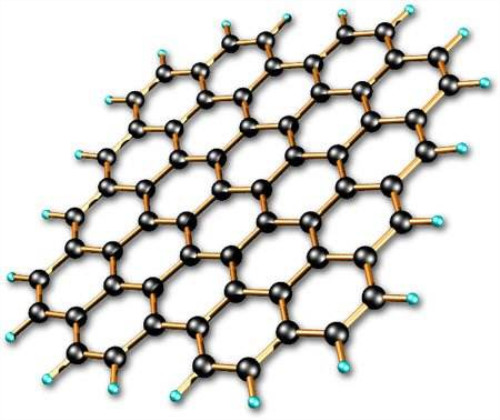Similar to lead-based and nickel-based batteries, lithium ions use a positive electrode (cathode), a negative electrode (anode), and an electrolyte as a conductor. The positive wire is a metal oxide, and the negative electrode is composed of porous graphite. During discharge, lithium ions move from the negative electrode to the positive electrode through the electrolyte and the separator; during charging, lithium ions flow from the positive electrode to the negative electrode in opposite directions.

When the battery is charged and discharged, Li+ shuttles between the positive and negative electrodes, during discharge, the anode oxidizes, loses electrons, and the cathode is reduced to obtain particles; when charging, the charge moves in the opposite direction.
There are many types of lithium-ion batteries, depending on the electrode material. But when you choose different materials, the battery performance will vary greatly.
The positive electrode materials all contain Li+. Common lithium cobalt oxide (lithium cobalt oxide), lithium manganese oxide (also known as spinel or lithium manganate), lithium iron phosphate, nickel cobalt manganese ternary material (NMC) [3] and lithium nickel cobalt Aluminum oxide (NCA). All of these materials have a theoretical upper energy limit (lithium-ion has a theoretical capacity of about 2000 kWh, which is more than ten times the specific energy of a commercial lithium-ion battery).
Sony's original lithium-ion battery uses coke (a coal product) as a harmful electrode material. Since 1997, most lithium-ion battery manufacturers, including Sony, have converted anode materials to graphite, resulting in a flat discharge curve. Graphite is a form of carbon that is used in pencils. It can store lithium ions well during charging and has a long cycle and excellent stability. Of the carbon materials, graphite is the most common, followed by hard carbon and soft carbon. Other carbons, such as carbon nanotubes, have not yet found their commercial use. The figure below compares the voltage discharge curves of a modern lithium-ion battery with graphite as the negative electrode and a lithium-ion battery with an old coke negative electrode.

In the normal operating discharge range, the battery should have a flat voltage curve, which is better than the former coke.
Anode materials are also evolving, and researchers are continually experimenting with new materials, including silicon-based alloys. In this alloy, six carbon atoms are bonded to one lithium-ion, and one silicon atom can bond four lithium ions. This means that the negative silicon electrode can theoretically store ten times the energy of the graphite material. At present, silicon materials have increased by 20%-30% in specific capacity at the cost of reducing load potential and cycle life. However, the problem is that during the charging process, lithium ions are easily expanded in volume after being embedded in the silicon-based material (growing to more than four times the initial size).

The nanostructured lithium titanate salt has good cycle life and load capacity, excellent low-temperature performance, and functional safety performance as a harmful electrode material. Still, its specific function is low, and the cost is high.




